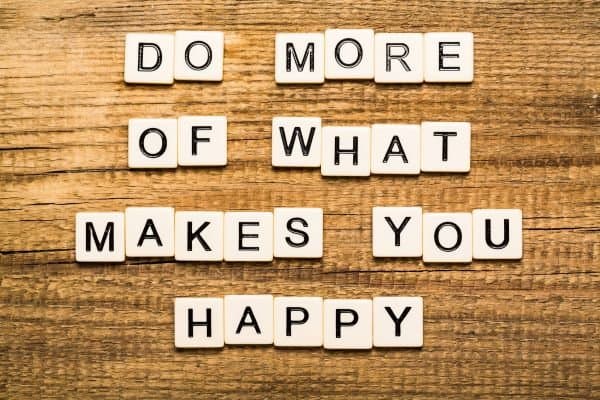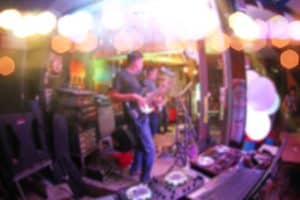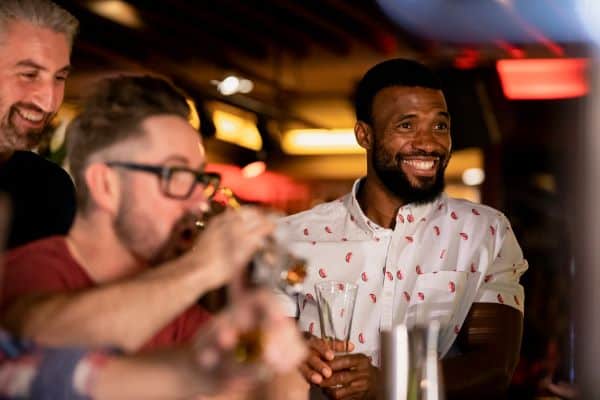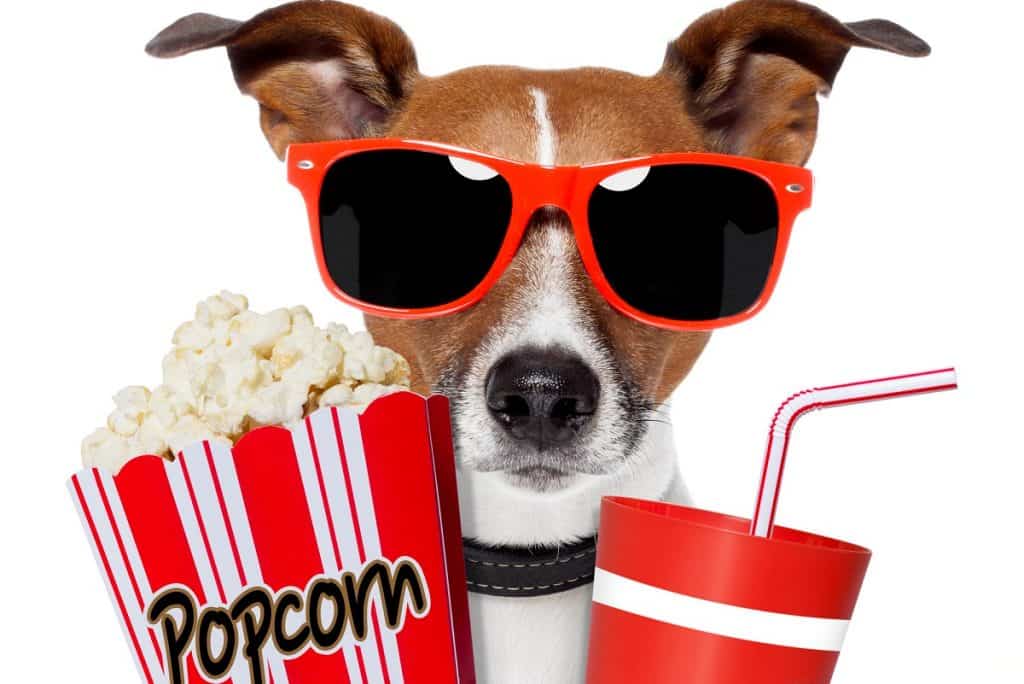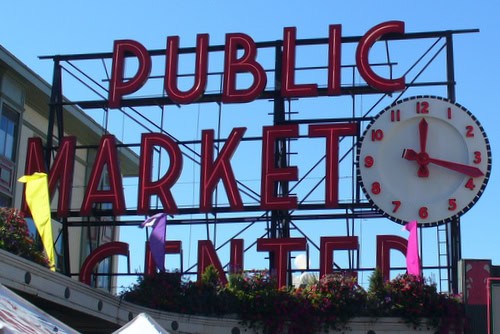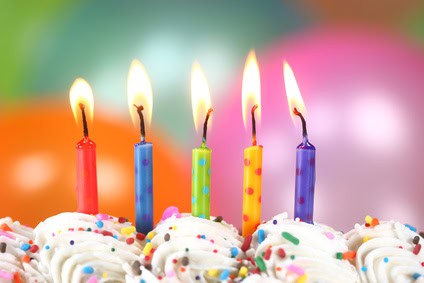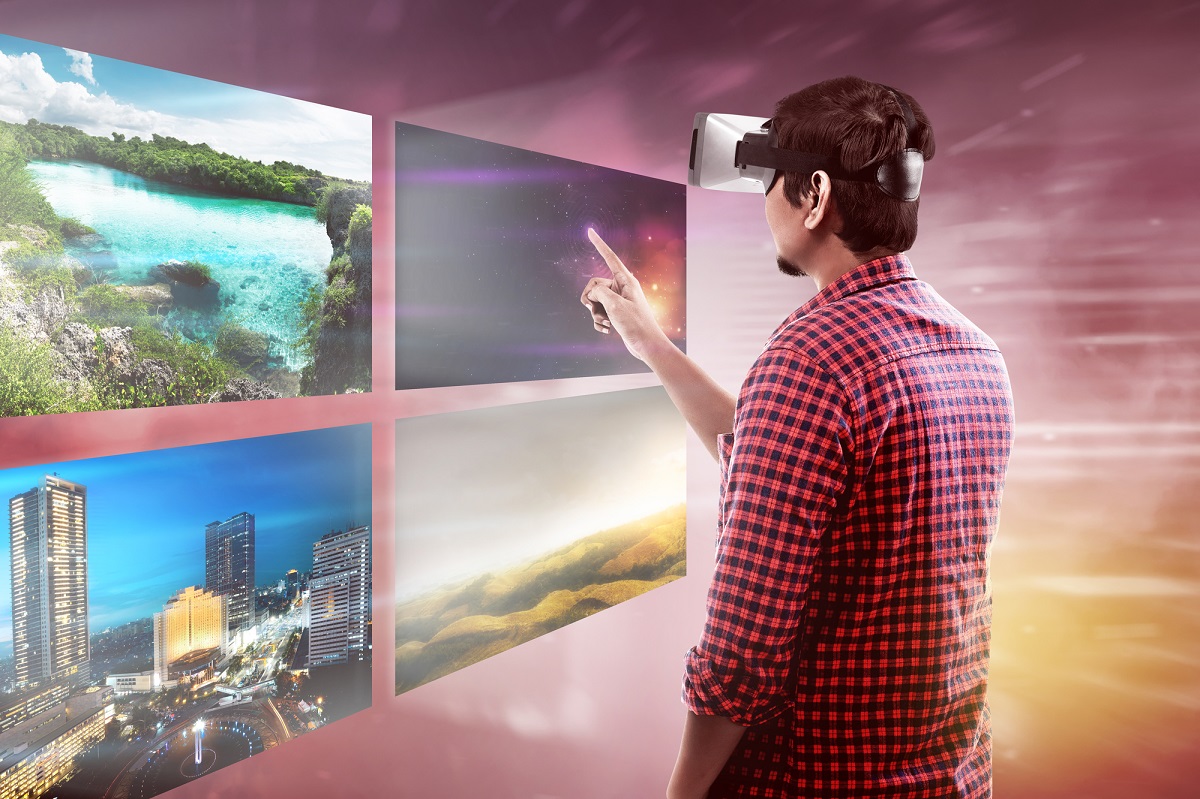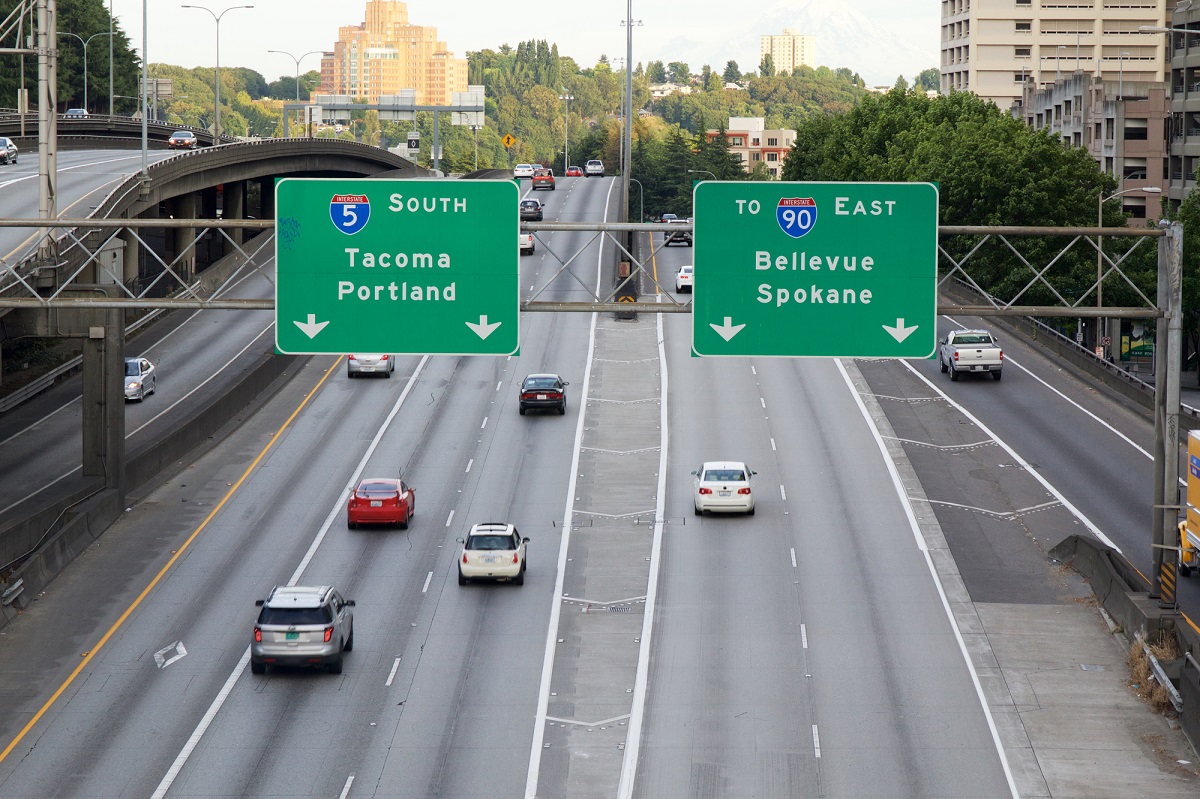February is Black History Month, making it the perfect time to highlight African American culture and the black experience in Seattle. It is also the perfect occasion to learn more about the civil rights movement in Seattle.
Civil rights movement in Seattle
Seattle’s unique civil rights history challenges the way Pacific Northwesterners think about race, civil rights, and the Puget Sound region. For most of its history, Seattle was a segregated city, as committed to white supremacy as any location in America. People of color were excluded from most jobs, most neighborhoods, and many stores, restaurants, and other commercial establishments. As in other western states, the system of severe racial discrimination in Seattle targeted not just African Americans but also Native Americans, Asian Americans, Pacific Islanders, people of Mexican ancestry, and also, at times, Jews.
The civil rights movement in Seattle started well before the celebrated struggles in the South in the 1950s and 1960s. They relied not only on African American activists, but also Filipino Americans, Japanese Americans, Chinese Americans, Jewish Americans, Latinos, and Native Americans. They also depended on support from the labor movement in the Puget Sound region. From the 1910s through the 1970s, Seattle’s labor and civil rights were linked in complicated ways, with some unions and radical organizations providing critical support to struggles for racial justice, while others stood in the way.
The following resources provide more information about the civil rights movement in Seattle.
- The Seattle Civil Rights and Labor History Project at the University of Washington brings to life the vital history of Seattle’s civil rights movements. You can view this unique collection that includes video histories, personal biographies, rare photographs, personal biographies, documents, and historical data. The project is a collaboration between community groups, UW faculty, and students.
- This Civil Rights Timeline from the Seattle Municipal Archives lists significant events in the U.S. civil rights movement from May 1948 through April 1968 and includes concurrent events in Seattle.
Videos document Seattle African American culture
Seattle Channel is the award-winning local TV station with programs on cable television (Channel 21 on Comcast and Wave) and the Internet. Programming includes series and special features highlighting the diverse civic and cultural landscape of the city. The Seattle Channel is a Government Access Channel granted to the City of Seattle per Federal law for the purpose of cablecasting government television programs.
Seattle Channel is administered by the City of Seattle’s Department of Information Technology. Programming decisions are based solely on content, and are made independent of the Mayor and the City Council. The following Seattle Channel videos are just a few highlighting Seattle African American culture and experiences.
- How much has changed in the year since Floyd was killed? (2021) Civic Cocktail: Naomi Ishisaka + Kurt Streeter + Jasmyne Keimig.
- Video Bebop with twin hosts Eva and Cedric Walker! (2020). Video Bebop is hosted by Eva and Cedric Walker, twins and founders of the illustrious Seattle rock band, The Black Tones! From womb mates to band mates, this dynamic duo showcases music videos, old and new, by bands in and around the Pacific Northwest. From rock to blues to hip-hop to the theatrical, Video Bebop is THE place to enjoy the best of what this region has to offer, served up by Eva and Cedric, two of the region’s brightest musical stars! Featured in this episode are Caela Bailey, Tres Leches, Vannah Oh!, Dark Smith, and The Black Tones!
- The Black Tones perform “Ghetto Spaceship” (2019). With a sound they describe as “a mixture of Kurt Cobain and cornbread,” twin siblings and The Black Tones founders Eva Walker and Cedric David, with bass player Ezekiel Lords, perform “Ghetto Spaceship” from their debut record Cobain & Cornbread.
- Dolls & Gents Drill Team and Drumline (2019). The Dolls & Gents Drill Team and Drumline march in parades, dazzling crowds everywhere they go with eye-catching routines and clever cheers. Each member has a passion to perform, but they’re also taught lessons that’ll stick with them for life. That’s important to the two women who started the team. They drilled together as young girls and now their daughters carry on the tradition. Diane Duthweiler reports on the adventures of the Dolls & Gents.
- Preserving Seattle’s African American history (2017). The African American story in Seattle dates back more than a century, as families left the oppression of the South to more welcoming surroundings in the Northwest. Along the way, their contributions and influence formed a rich history – filled with stories that enlighten and inspire. Meet those who’ve made it their life’s work to document, preserve and share the heritage of Seattle’s African American community.
- An Elegant Utility – Building Across Generations (2017) by Inye Wokoma delves into his past exhibition, “An Elegant Utility,” at Northwest African American Museum. Wokoma captured the enduring legacy of an African-American family’s daily life in Seattle’s gentrifying Central District.
- Pecha Kucha Seattle: #BlackLivesMatter (2015). The Northwest African American Museum and the Seattle People of Color Salon present #BlackLivesMatter – Examining American Identity in the 21st Century.
- Front Row: Say it Loud! (2014) SAY IT LOUD is a chance to hear African American music by three talented Seattle artists. Singing a`capella, Josephine Howell, Jimmie Herrod, and Felicia V. Loud perform classic Gospel and their own new works.
- Celebrating Black History (2013). Stories about the Central Area, historic hub of African American culture in Seattle.
- Find other videos by going to http://www.seattlechannel.org/community and filtering on “African American” or related terms.
Question Bridge art project explores Black male identity
Question Bridge: Black Males is a transmedia art project that explores critically challenging issues within the African American male community. Created by Chris Johnson, Hank Willis Thomas, Bayeté Ross-Smith, and Kamal Sinclair, the project seeks to represent and redefine Black male identity in America. While some Black males have been able to transcend racial, cultural and economic boundaries, others have found themselves increasingly confined to the margins of society. Through video mediated question and answer exchange, diverse members of this community bridge the economic, political, geographic, and generational divisions. An official selection at 2012 Sundance, Question Bridge provides a safe setting for necessary, honest expression, and healing dialogue on themes that divide, unite, and puzzle black males today in the United States.
Seattle parks named after African Americans
The African American legacy at Seattle Parks and Recreation is a lasting one. From the mid-1960s until 1987, Seattle Parks had the services of Willis Lee Ball, who went to work for the Seattle Parks Department when he was just 35 years old. He started as the Seattle Parks recreation manager and several years later was promoted to a district management position. Willis was the first African American graduate of Western Washington University in Bellingham, where he starred on the football team. He was also part of the Federal Anti-poverty Model Cities Program in the 1960s and a tireless volunteer in nonprofit organizations. The Willis Ball Memorial Scholarship in Health Education at Western Washington University is named in his honor.
In 1977, Walter R. Hundley became the first African American in the country to head a large municipal parks and recreation department. A graduate of Yale University, Superintendent Hundley came to Seattle to become a minister. Fortunately for Seattle Parks, he decided on a career in public service. He served as Park Superintendent until 1988. After retirement, he served on the Board of Park Commissioners.
Listed below are the numerous Seattle parks and are named for prominent African American men and women.
Alvin Larkins Park provides a place of respite for the neighbors and merchants in the nearby Madrona business area. Al Larkins was a brilliant musician and teacher who devoted time and energy to the Madrona community, where he lived from 1949 until his death in 1977. A U.S. Navy man, Larkins was stationed at Sand Point Naval Air Station in 1943 when he became a member of the band the Jive Bombers. He spent the rest of his career as a renowned music teacher and member of the Rainy City Jazz Band.
Dr. Blanche Lavizzo Park is a narrow park that connects S Jackson St. and E Yesler Way. Its many oak, poplar, and other shade trees give the park a sense of seclusion even though there are houses and apartments on its east and west sides. The park also features a large grassy area with picnic tables and grills, a picnic shelter with fireplace, a long shelter house, a bricked open area with benches, and a small amphitheater used for free summertime concerts and plays. Dr. Lavizzo was the first African-American woman pediatrician in the state of Washington. She was the founding medical director of the Central Area’s Odessa Brown Children’s Clinic, whose motto is “Quality Care with Dignity.”
Flo Ware Park, a vibrant play area for children, was named for Flo Ware, a community activist who was dedicated to social change in health care and education systems for the poor and elderly populations
Homer Harris Park in the heart of the Central Area features unique artwork, a “Unity Plaza” gathering place, picnic tables and lawn areas. Barbecue on the grill or bring a picnic lunch, and enjoy the views to Lake Washington and the Cascade Mountains. Named for Dr. Harris, a University of Iowa graduate who wanted to play professional football. Because the National Football League was banning black players at the time of his graduation, Homer decided to pursue medical school and went on to become a prominent dermatologist in his hometown of Seattle. The park is on a tract of land once owned by William Grose, a black pioneer, who bought the tract from Henry Yesler in 1882 for $1,000 in gold.
Judge Charles M. Stokes Overlook, a beautiful green space and picnic area in the I-90 lid, honors Charles Moorehouse Stokes. Stokes was elected to the Washington legislature in 1950 and served as the first black legislator from King County. He was appointed judge in 1968 and was the first black person on the King County District Court.
Powell Barnett Park was clearly built with serious play in mind. With a children’s play area, complex climbing structures, a wading pool in the summer, basketball hoops,and a broad field ideal for frisbee – there’s something in the park for kids of all ages. There are benches and picnic table throughout the park, and ADA accessible restrooms in a wild castle-shaped build next to the play area.
Pratt Park, a neighborhood playground in central Seattle, memorializes Edwin T. Pratt, the founder of the Central Area Motivation Program and the Seattle Opportunities Industrialization Center. Edwin Pratt was a civil rights leader and Seattle Urban League Executive Director. He was killed by a shotgun blast at his Shoreline home in 1969. The crime has never been solved.
Prentis I. Frazier Park is a neighborhood park ideal for resting in the shade and playing. The park includes a small play area with adjacent benches and a drinking fountain. Frazier was a former slave who came to Seattle in 1916. In the 1920s he started and published a newspaper for the black community, the Seattle Enterprise, which later became the Northwest Enterprise. He is remembered as a generous philanthropist and business entrepreneur.
Sam Smith Park honors Seattle’s first African American City Councilmember. The park comprises the largest and most central part of the I-90 lid, with a play area for children, picnic tables, and tennis courts. The park includes Blue Dog Pond, a detention pond that serves as one of Seattle’s off-leash areas for dogs, and Urban Peace Circle, a sculpture by Seattle sculptor Gerard Tsutakawa, dedicated to children killed by gun violence in Seattle’s inner city.
Walt Hundley Playfield, a community area that includes soccer fields, tennis courts and baseball fields, was named for Walter R. Hundley, the first African American superintendent for Seattle Parks and one of the first African Americans to head a major parks and recreation department in the United States. Hundley held his position from 1977 to 1988 and was instrumental to acquiring the High Point playfield that was later named after him.
William Grose Park offers a rolling green lawn and giant evergreen that are the highlights of this park. Also includes two benches and one picnic table in a nice, quiet neighborhood. Grose was a pioneer who arrived in Seattle in 1860 after serving in the U.S. Navy. By the 1880s he was Seattle’s wealthiest Black resident.
You can find these parks using this Google map of Seattle parks named for African Americans. Most are in the Central District, except Walt Hundley Playfield is in West Seattle.
Event calendar of free and affordable things to do
Listed below are all types of free and affordable things to do in the next 30 days.
Featured Events are listed first each day, highlighted by a photo. These are unique, popular, or annual events that we or our advertisers don’t want you to overlook.
Find more events and ideas for affordable living at Greater Seattle on the Cheap – Free things to do, cheap fun, discounts and deals in the Seattle-Tacoma metro area
Multiple locations

